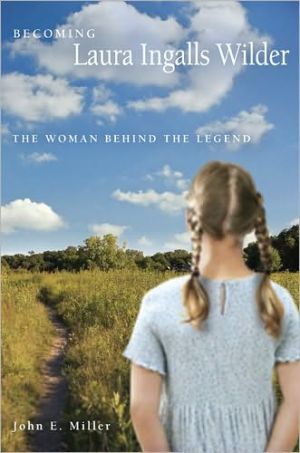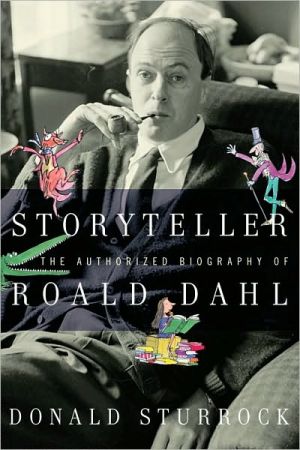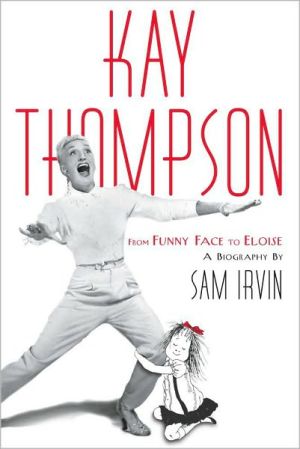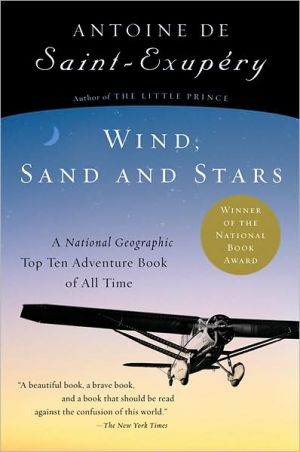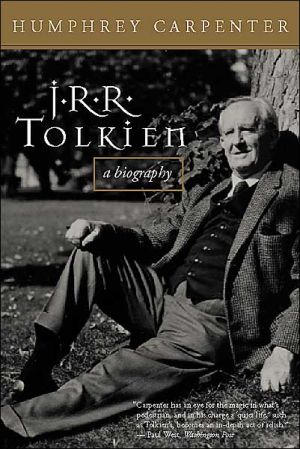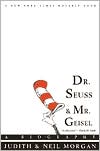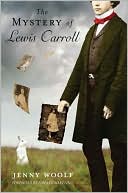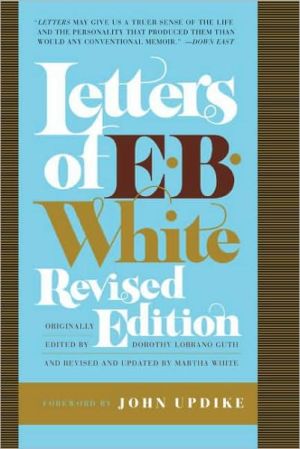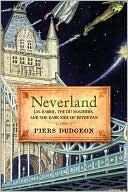Becoming Laura Ingalls Wilder: The Woman Behind the Legend
Although generations of readers of the 'Little House' books are familiar with Laura Ingalls Wilder's early life up through her first years of marriage to Almanzo Wilder, few know about her adult years. Going beyond previous studies, "Becoming Laura Ingalls Wilder" focuses upon Wilder's years in Missouri from 1894 to 1957. Utilizing her unpublished autobiography, letters, newspaper stories, and other documentary evidence, John E. Miller fills the gaps in Wilder's autobiographical novels and...
Search in google:
Although generations of readers of the Little House books are familiar with Laura Ingalls Wilder’s early life up through her first years of marriage to Almanzo Wilder, few know about her adult years. Going beyond previous studies, Becoming Laura Ingalls Wilder focuses upon Wilder’s years in Missouri from 1894 to 1957. Utilizing her unpublished autobiography, letters, newspaper stories, and other documentary evidence, John E. Miller fills the gaps in Wilder’s autobiographical novels and describes her sixty-three years of living in Mansfield, Missouri. As a result, the process of personal development that culminated in Wilder’s writing of the novels that secured her reputation as one of America’s most popular children’s authors becomes evident. Publishers Weekly It takes Miller one-third of this fact-clogged biography to start showing Laura Ingalls Wilder as "the woman behind the legend," but when he finally does, the picture is fascinating. Wilder, whose seven semiautobiographical 'Little House on the Prairie' books have been read by millions and inspired a television series, was a bossy wife, a penny-pincher who once protested her power company's rates by having her electricity shut off and a political right-winger. By far the most absorbing aspect of Miller's book is the story of Wilder's relationship with her only child. Rose Wilder Lane was a childless divorce and an established writer by the time her mother began writing novels at age 63, and she edited her mother's books and got her agent to handle them. Miller draws heavily on Lane's diaries and letters, which often contain diatribes against a mother she alternately loved and resented. But while Wilder left no personal papers presenting her side, Miller seems to paint a balanced portrait. He's not so balanced elsewhere, and in an effort to contextualize his subject, he often presents reams of redundant or unnecessary political, geographical and cultural details that bog down what is otherwise a very interesting story.
\ Publishers Weekly - Publisher's Weekly\ It takes Miller one-third of this fact-clogged biography to start showing Laura Ingalls Wilder as "the woman behind the legend," but when he finally does, the picture is fascinating. Wilder, whose seven semiautobiographical 'Little House on the Prairie' books have been read by millions and inspired a television series, was a bossy wife, a penny-pincher who once protested her power company's rates by having her electricity shut off and a political right-winger. By far the most absorbing aspect of Miller's book is the story of Wilder's relationship with her only child. Rose Wilder Lane was a childless divorce and an established writer by the time her mother began writing novels at age 63, and she edited her mother's books and got her agent to handle them. Miller draws heavily on Lane's diaries and letters, which often contain diatribes against a mother she alternately loved and resented. But while Wilder left no personal papers presenting her side, Miller seems to paint a balanced portrait. He's not so balanced elsewhere, and in an effort to contextualize his subject, he often presents reams of redundant or unnecessary political, geographical and cultural details that bog down what is otherwise a very interesting story.\ \ \ \ \ Kirkus ReviewsA biography of the author of 'The Little House on the Prairie' series that comes to life only in the recounting of the stormy relationship between Wilder and her daughter. Those fictionalized accounts of Wilder's turn-of-the-century girlhood on the rural frontier are accurate both in spirit and largely in fact. The first part of this biography reruns those years in numbing detail, but Miller (South Dakota State Univ.) picks up the pace when he begins to examine the controversy about who really wrote the series, Wilder or her daughter, Rose Wilder Lane. Rose Lane was an established writer and editor living in San Francisco when she began to encourage her mother to write. Wilder and her husband were then eking out a living on a Missouri farm, and Rose saw her mother's writing as a potential source of income. Wilder began with a series of columns for a local newspaper and finally a manuscript of reminiscence. By then, Rose was living on the Missouri farm and worked closely with her mother to get the book in shape. Rose continued to manage and guide both Wilder's career and subsequent manuscriptsþso closely, some critics have said, that they were really Rose's books. Drawing on correspondence between mother and daughter and other sources, Miller concludes that Wilder was a talented writer in her own right and that her daughter acted as a skilled editor and writing coach, although rewriting limited sections of her mother's work. Wilder was 65 years old when her first book was published in 1932, 90 when she died, already a favorite of several generations of children. Her daughter died a few years later. Rose emerges as a conflicted and intriguing character, but this biography remainsbest suited for historians and adults who are still hard-core Wilder fans.\ \ \ From the Publisher“Miller’s absorbing new biography . . . puts the author’s early years in context before focusing on her adult life as a farmer’s wife, mother, journalist and budding author. . . . Miller uncovers facts about Laura’s life that were not revealed in her own work, and he places her experience in a broader context. He makes her days on the frontier and the farm come alive with statistics on population and demographics as well as rich details about Indians and wildlife.”––In These Times\ \ \
